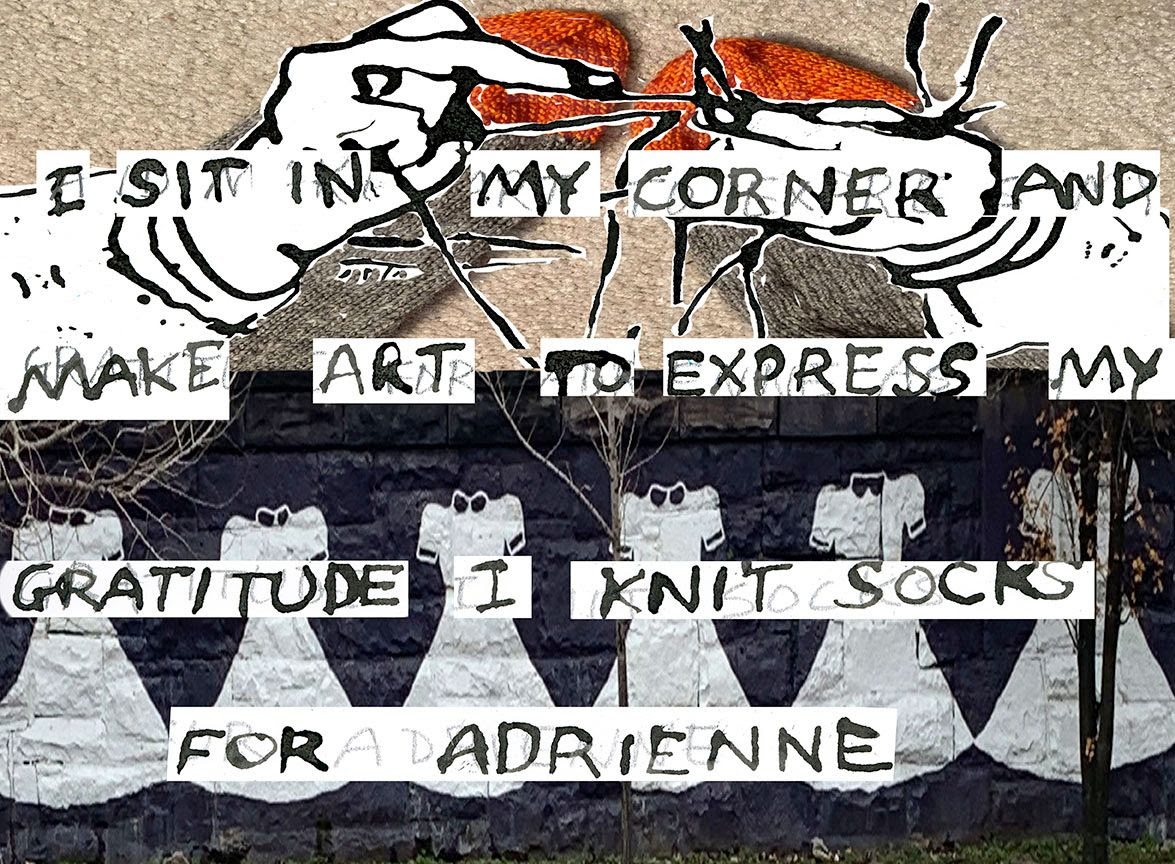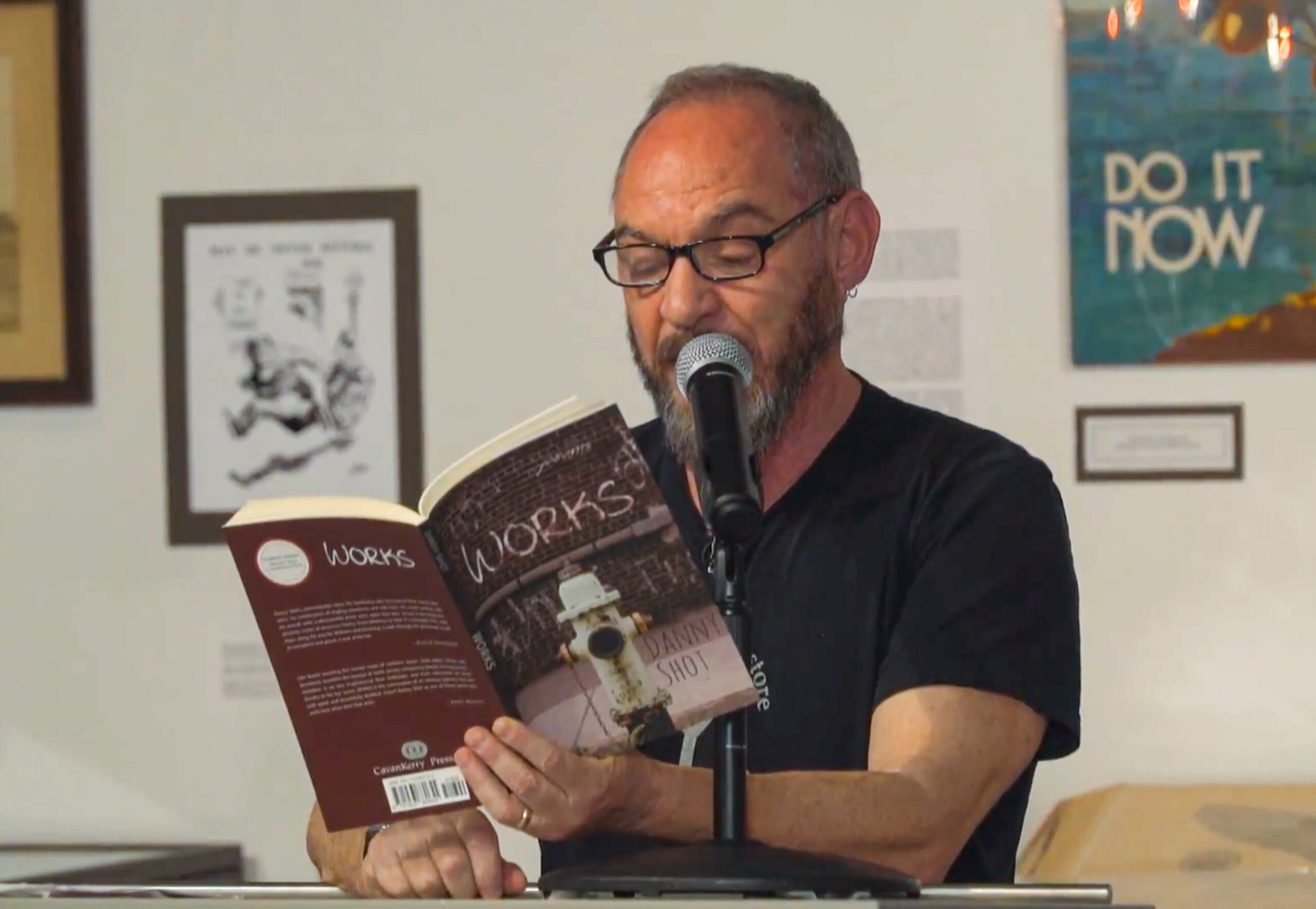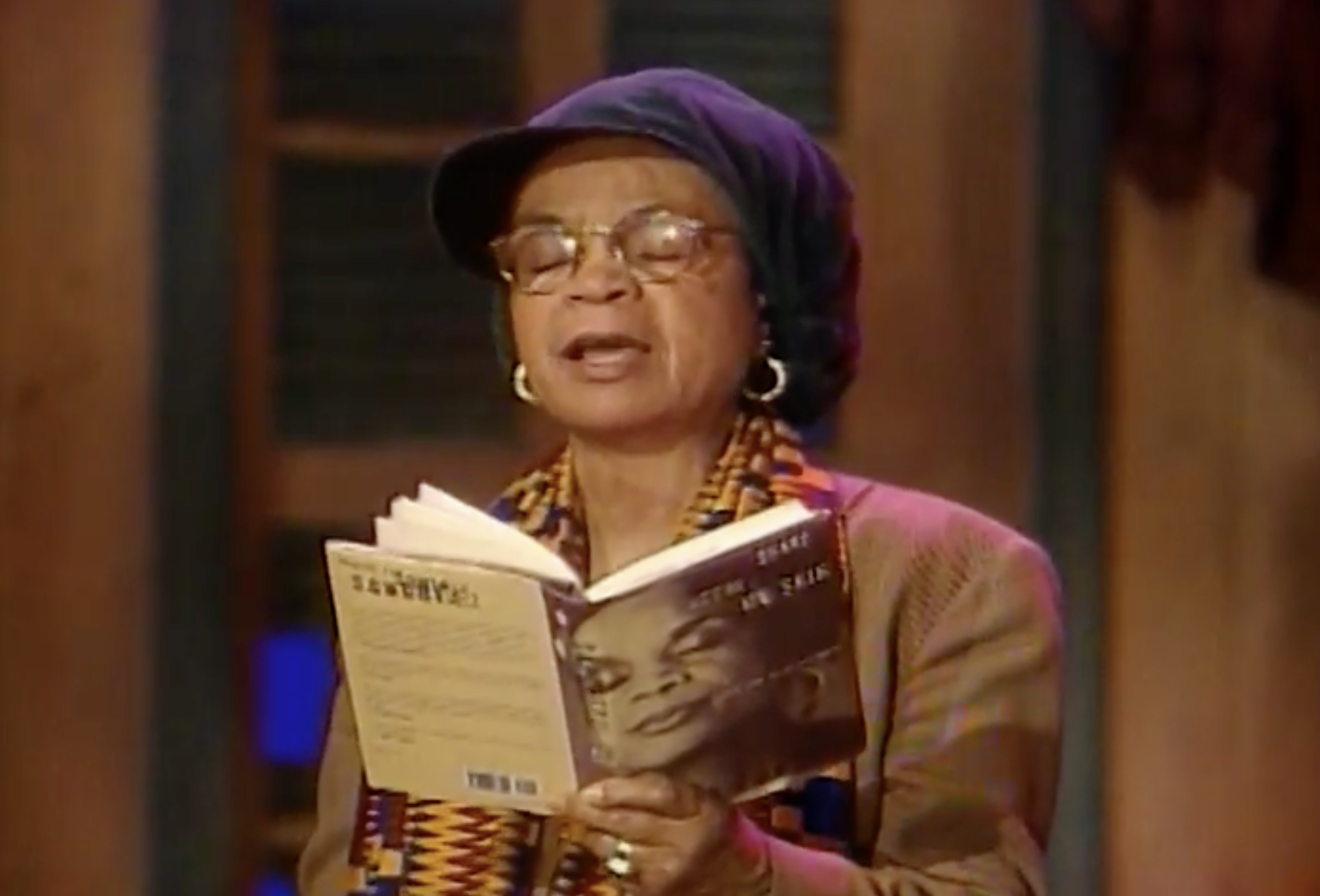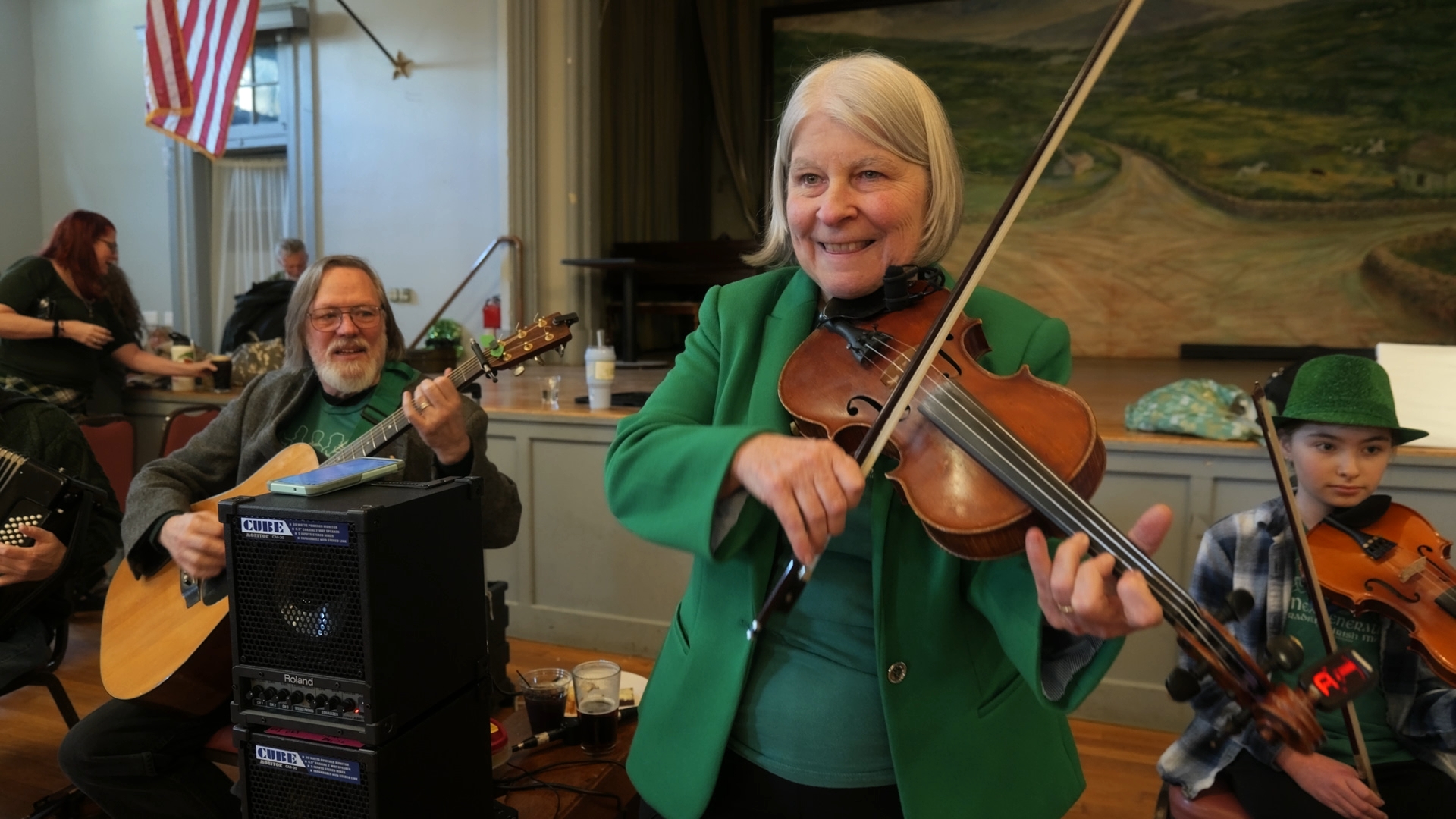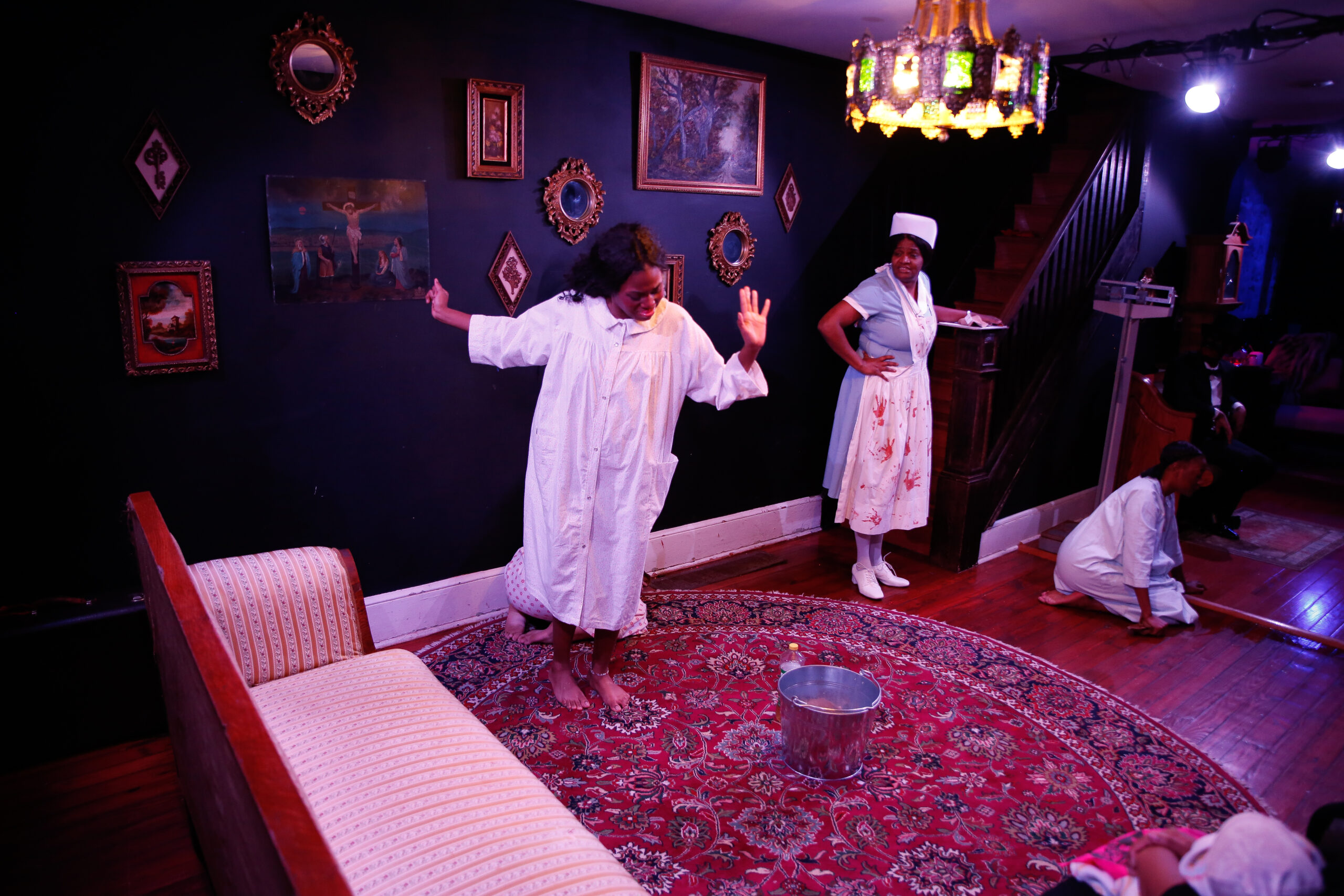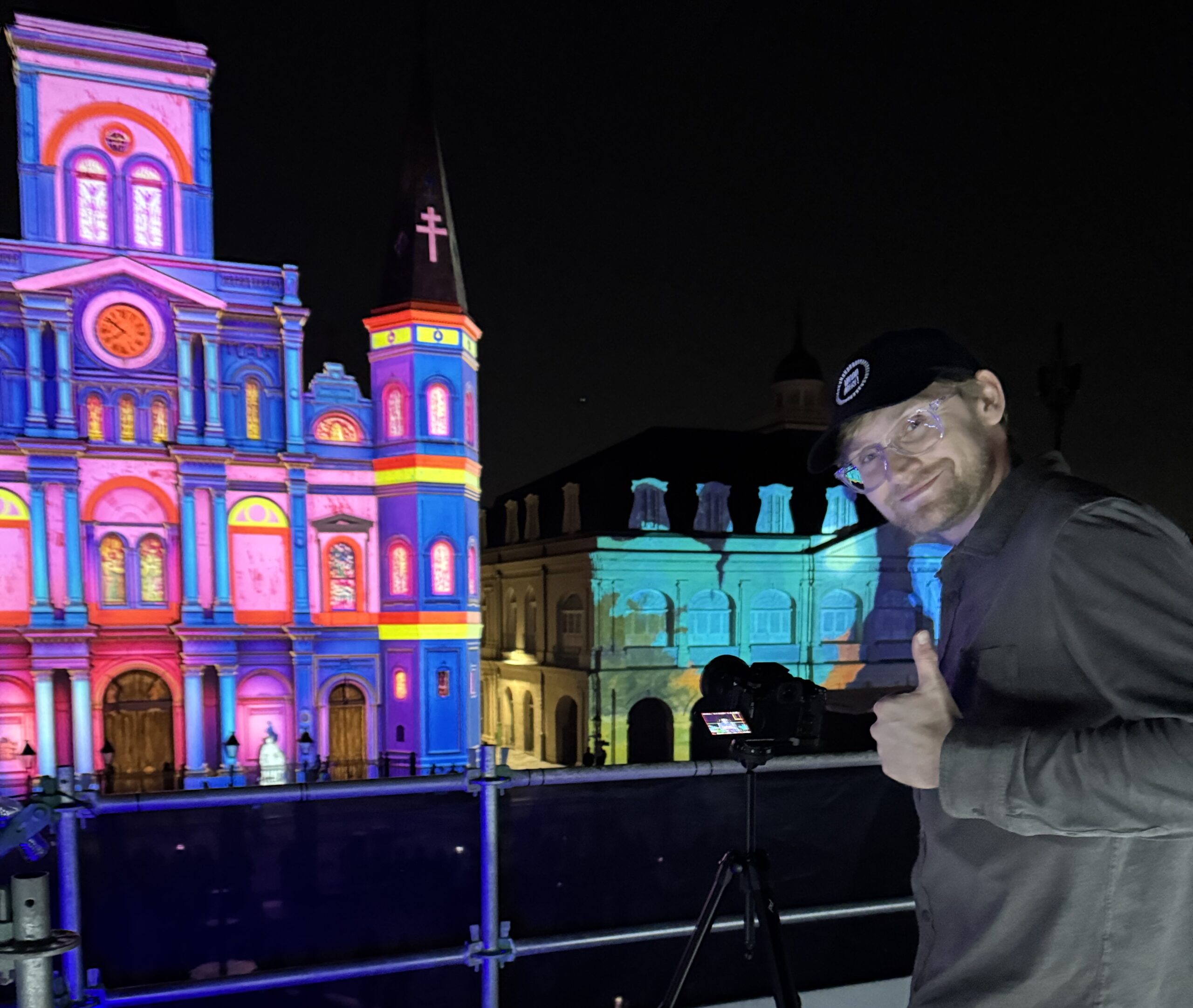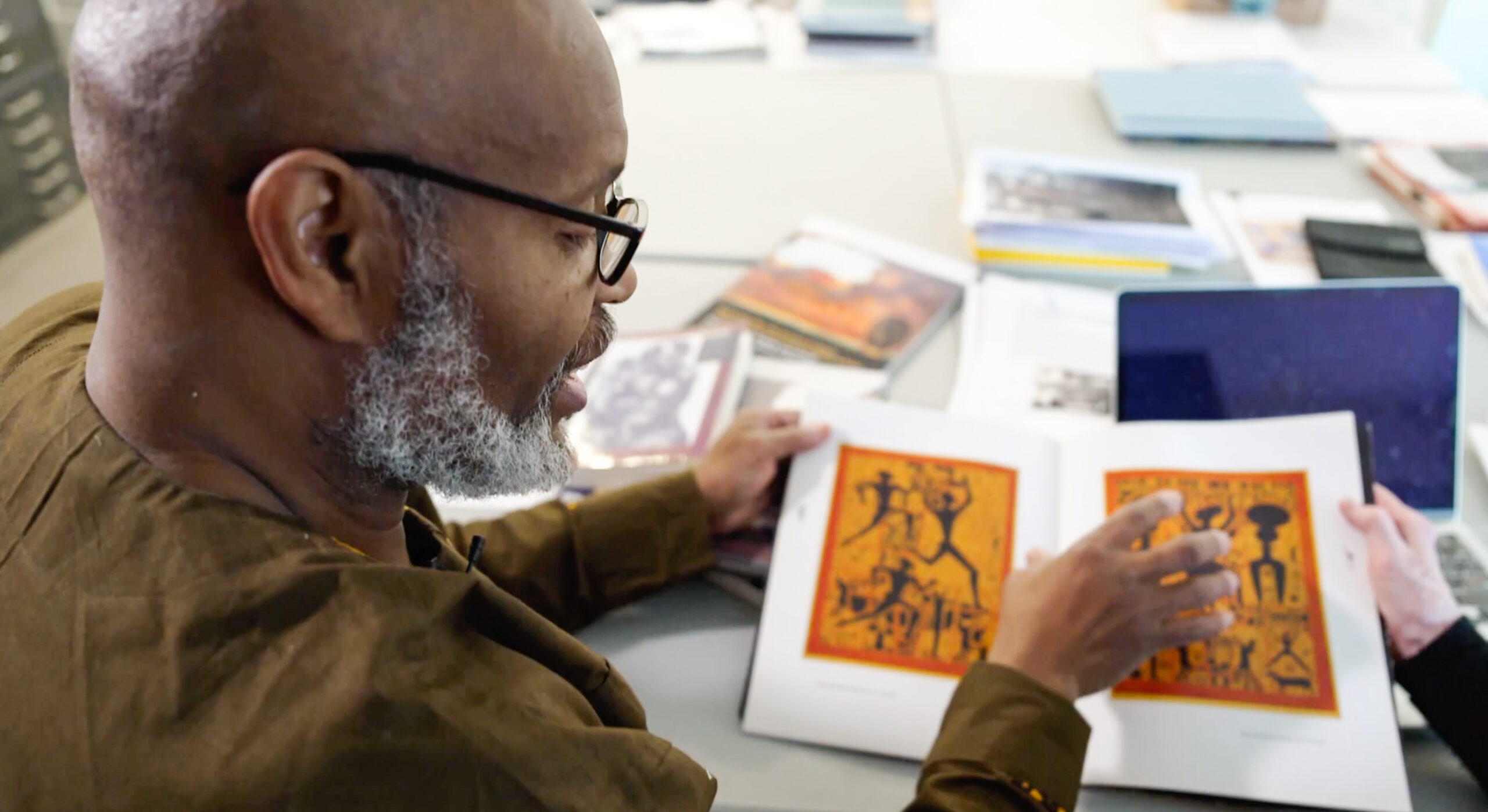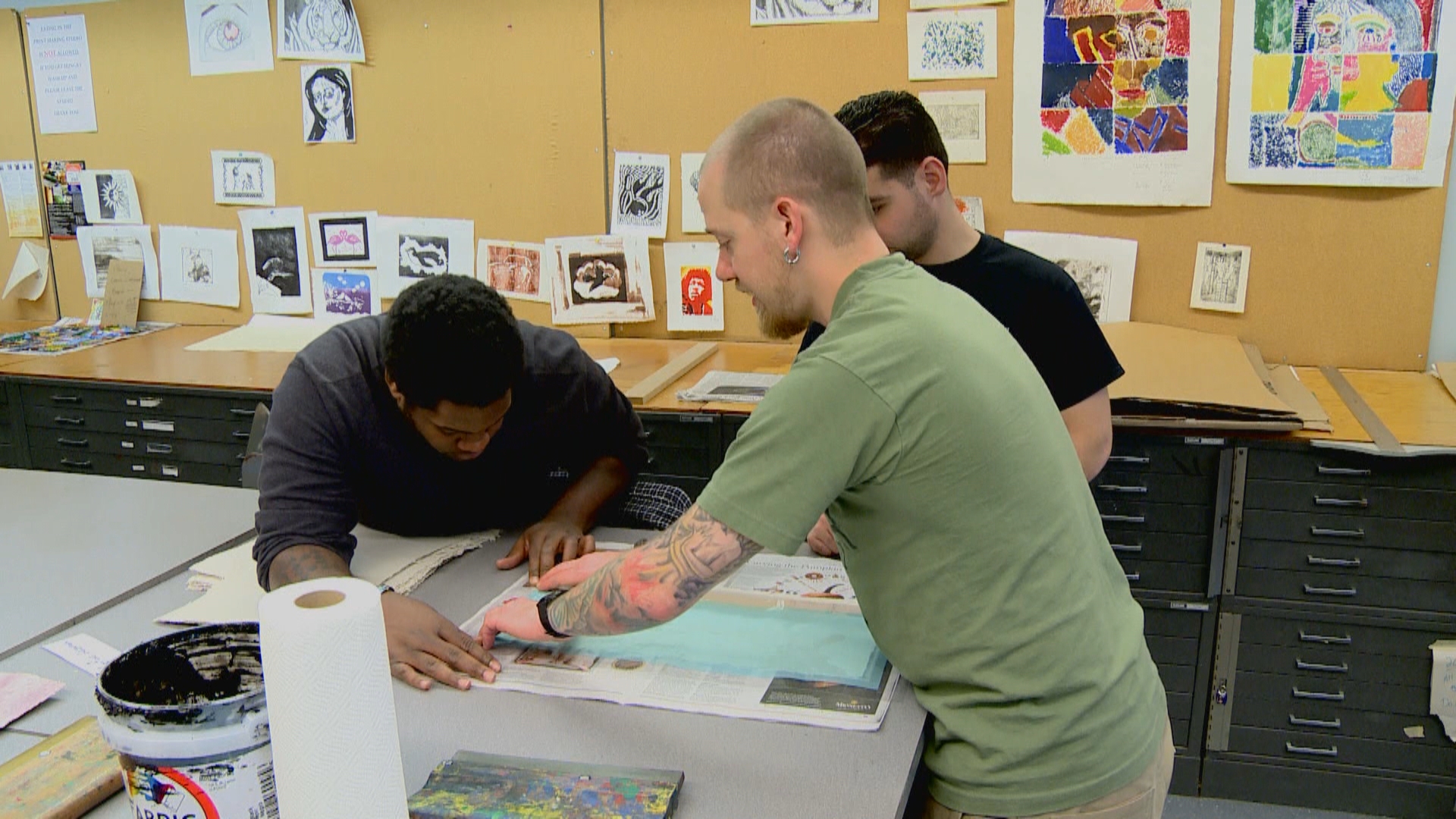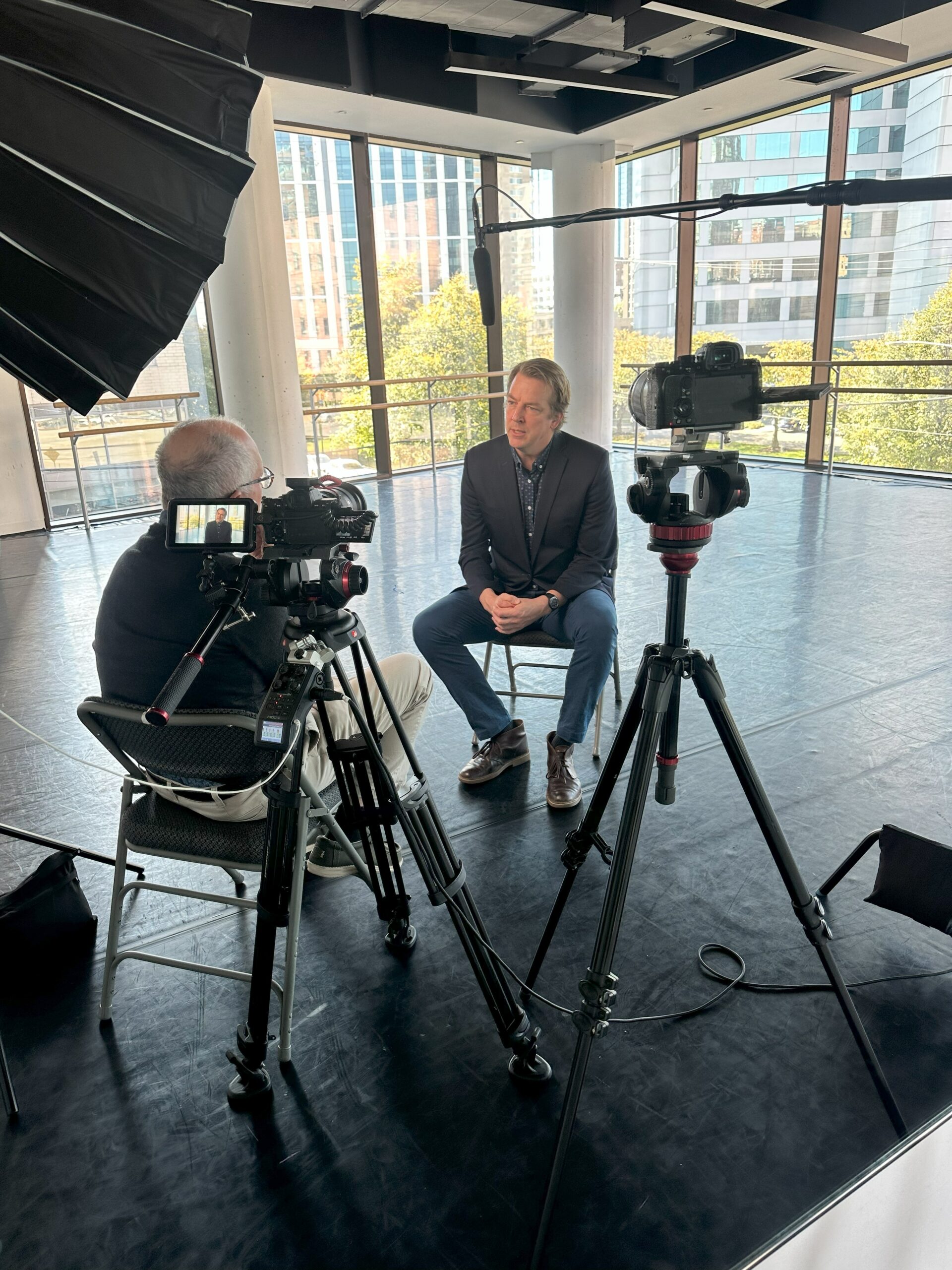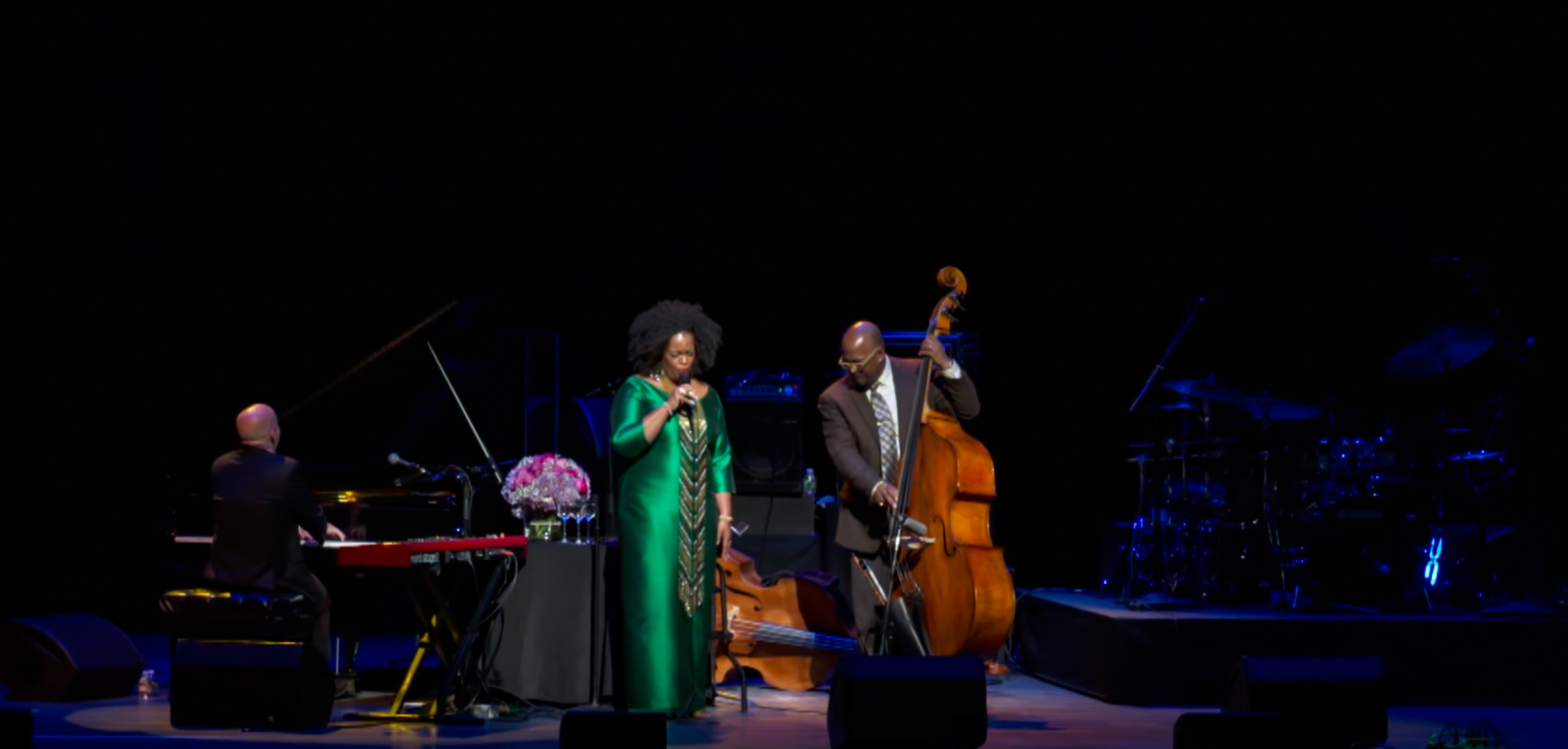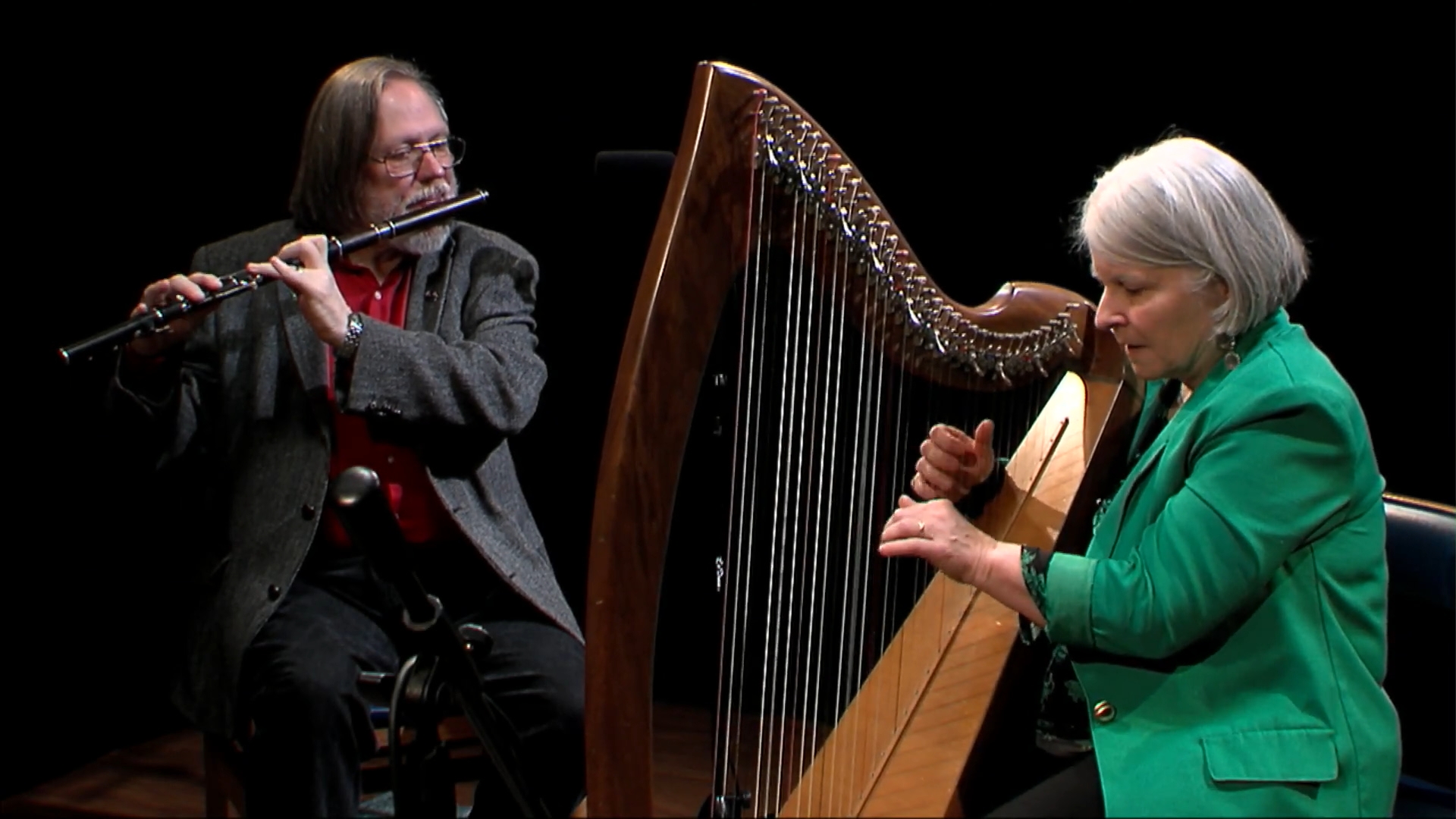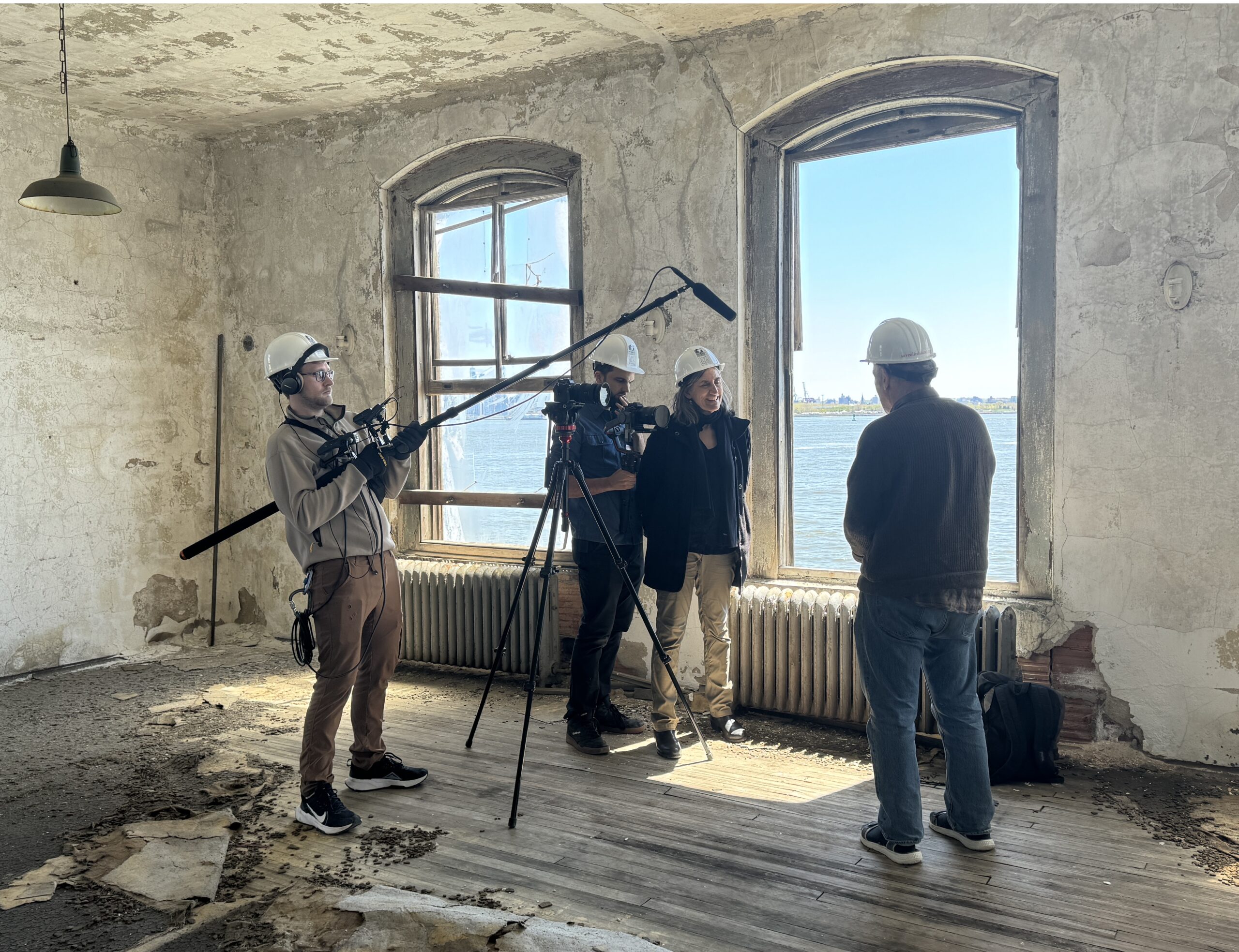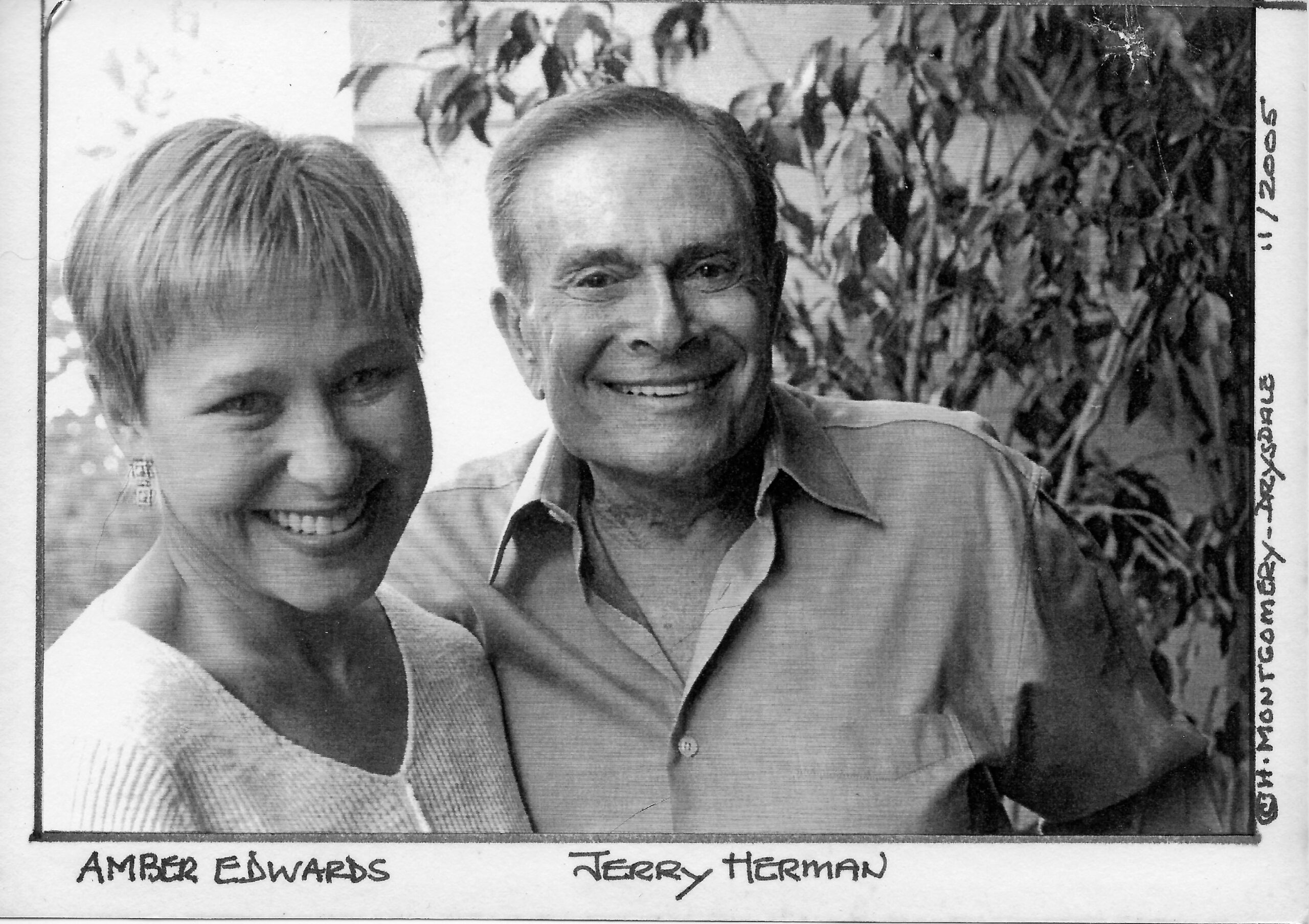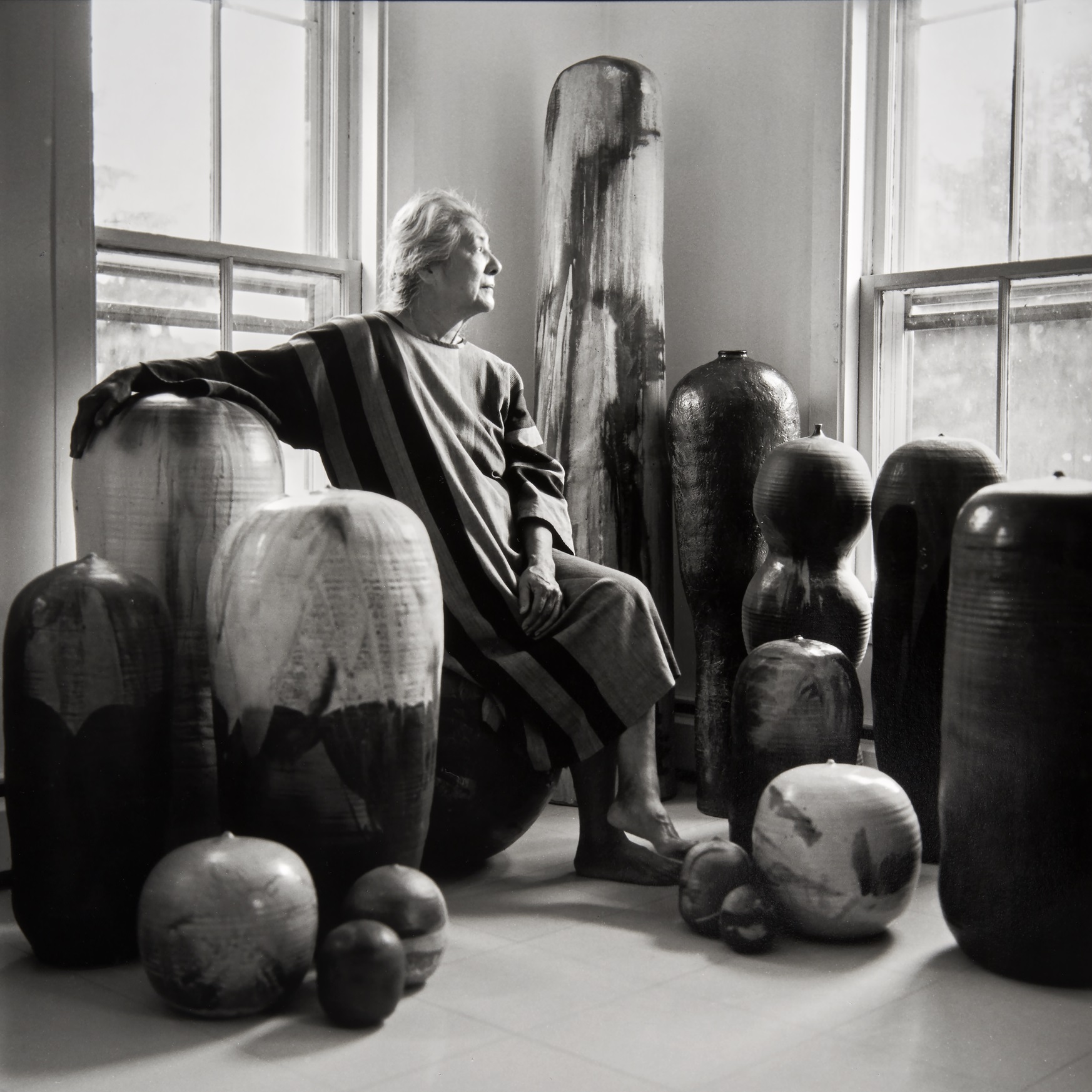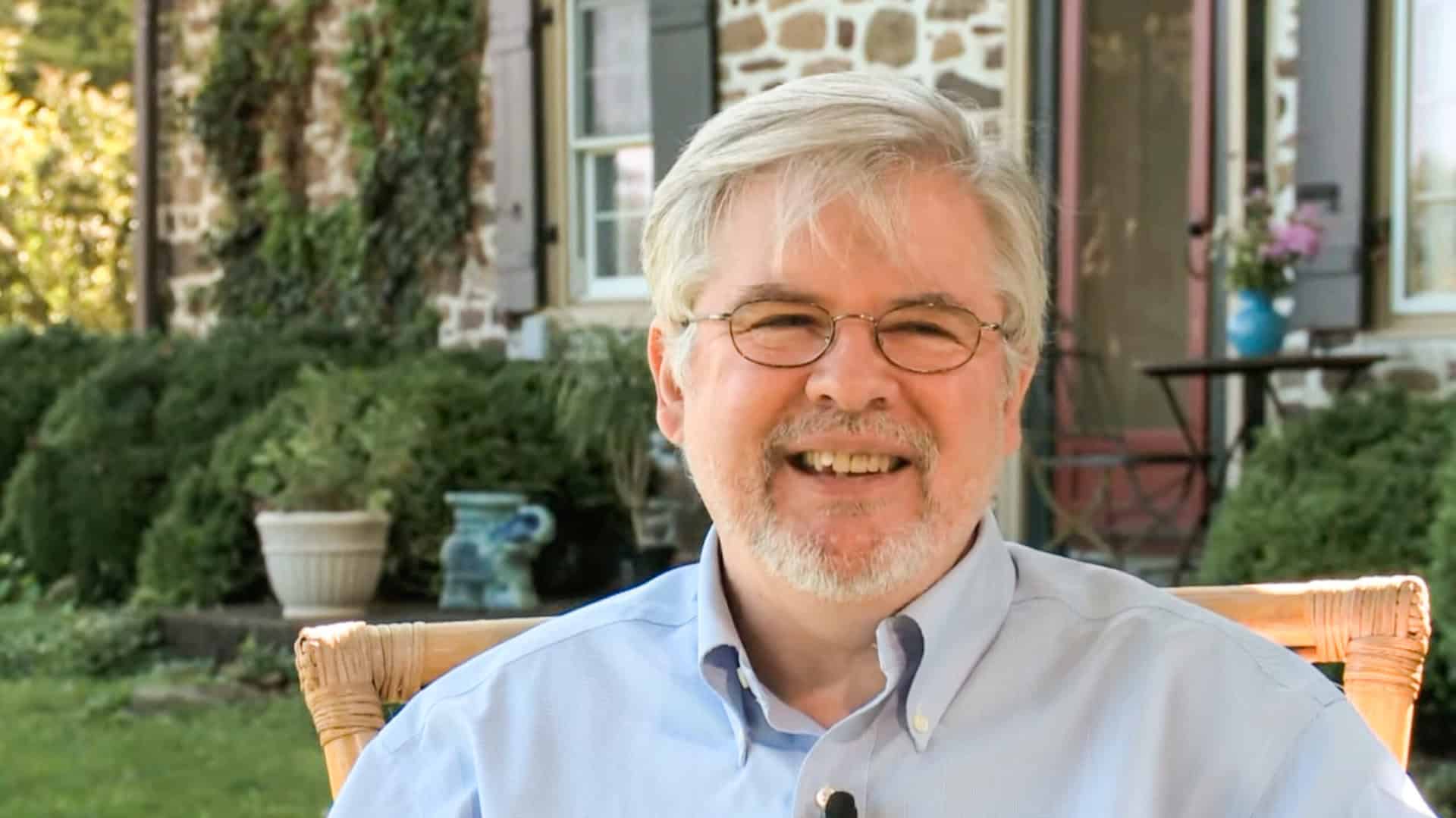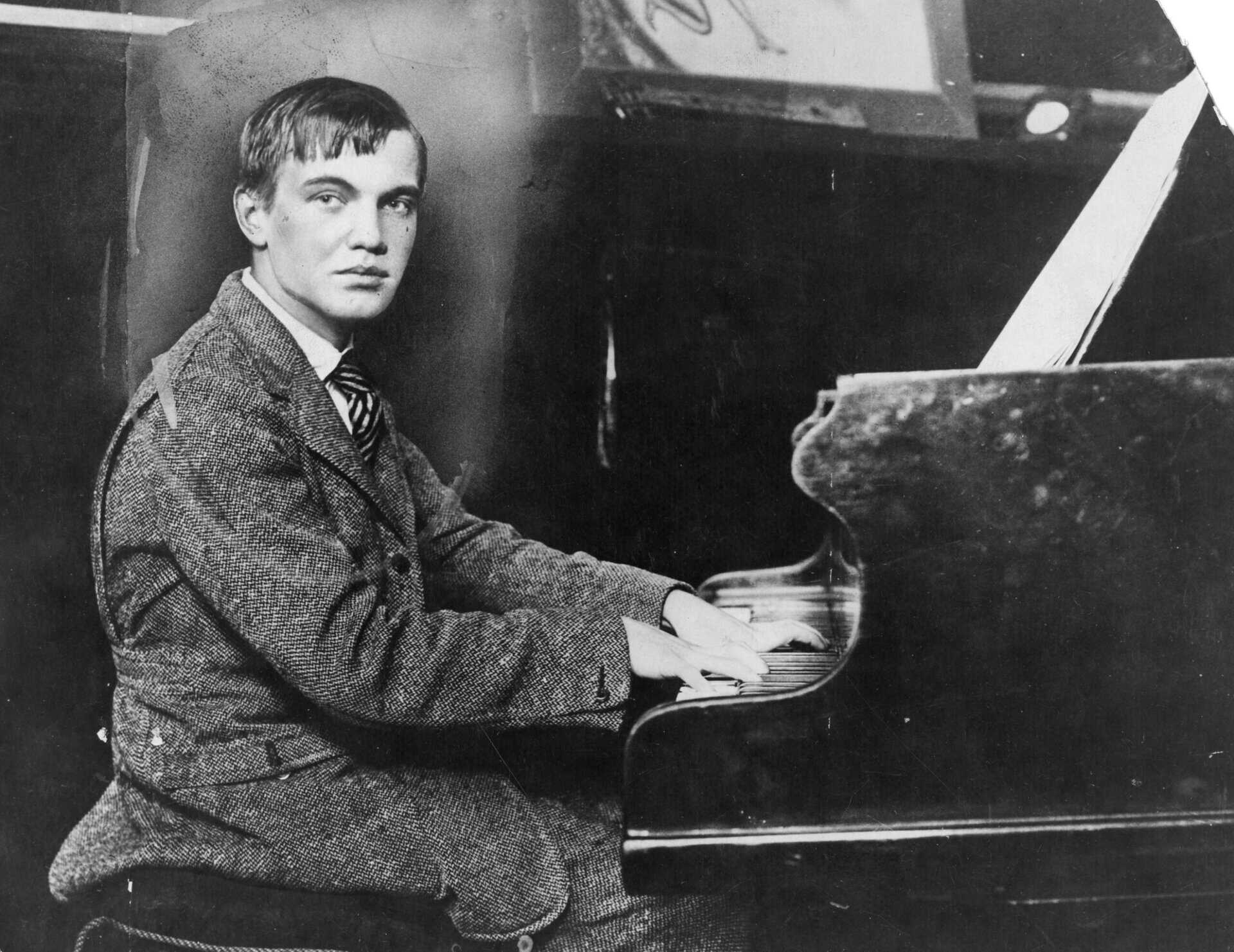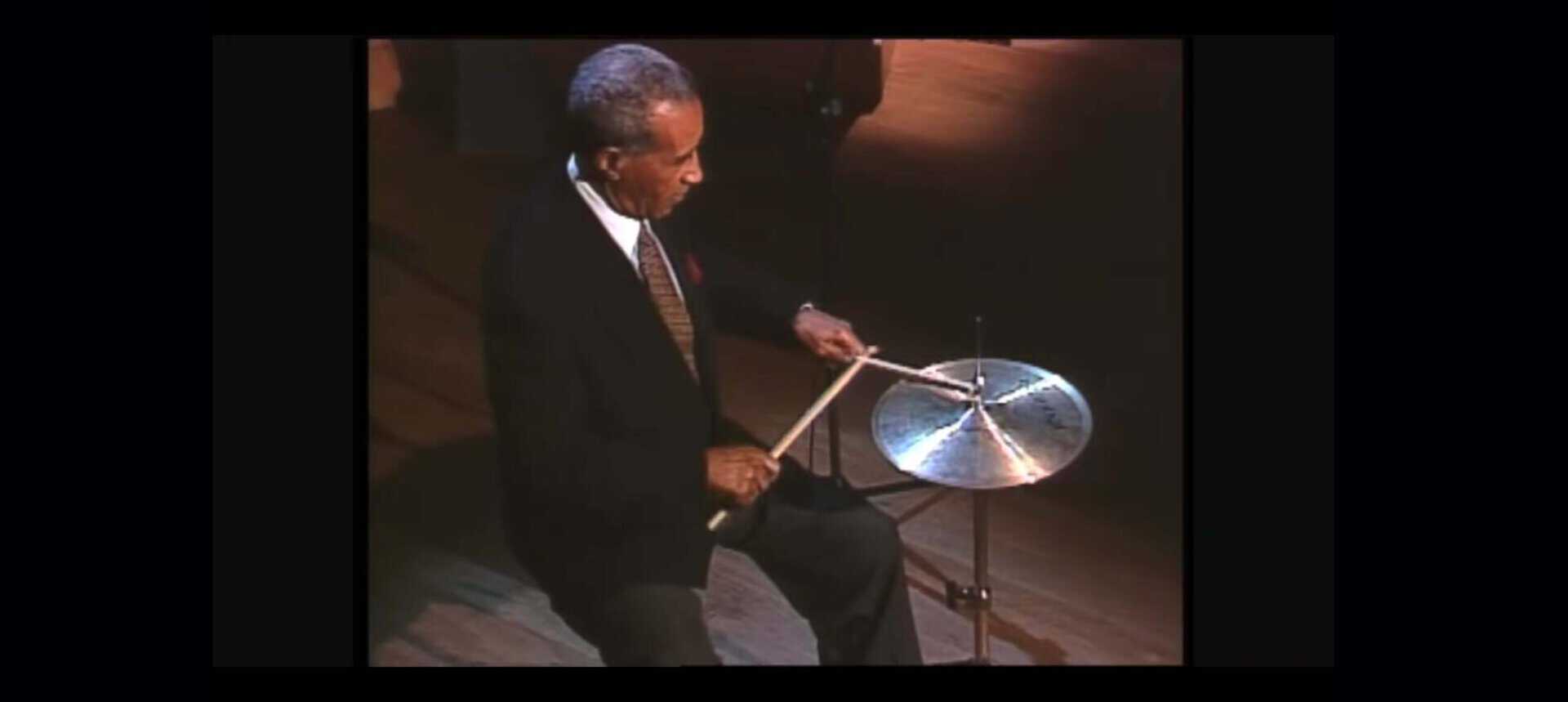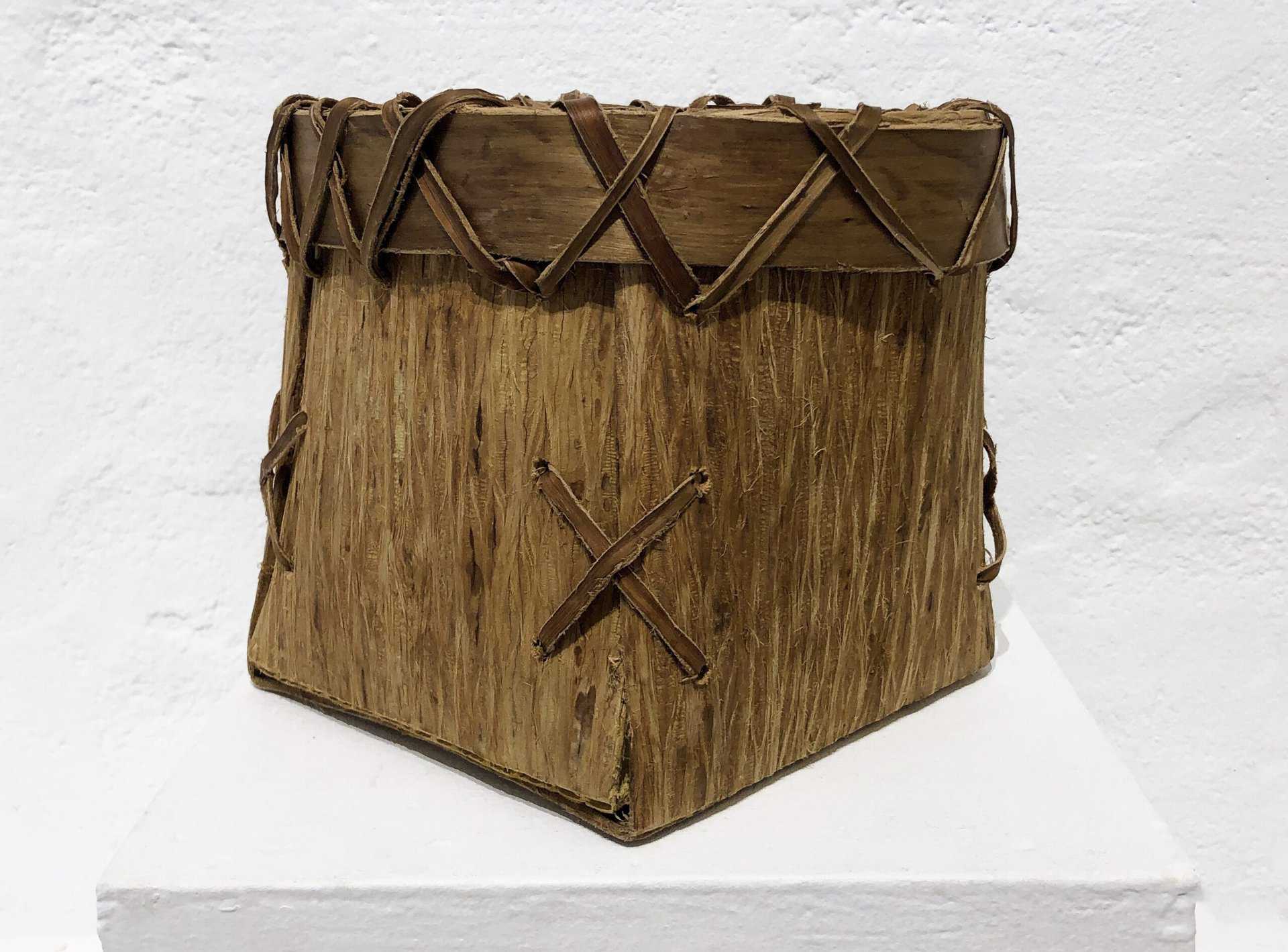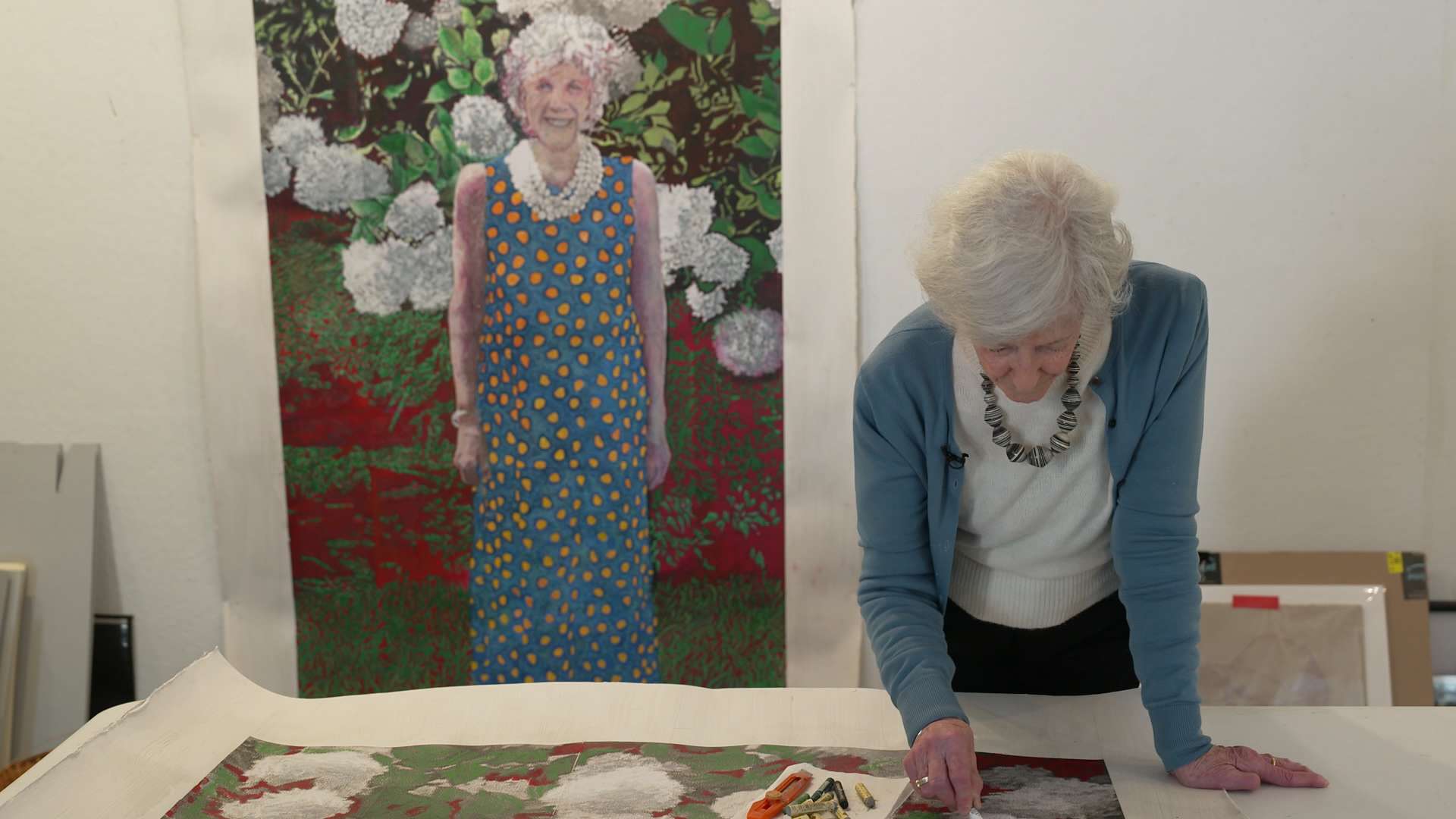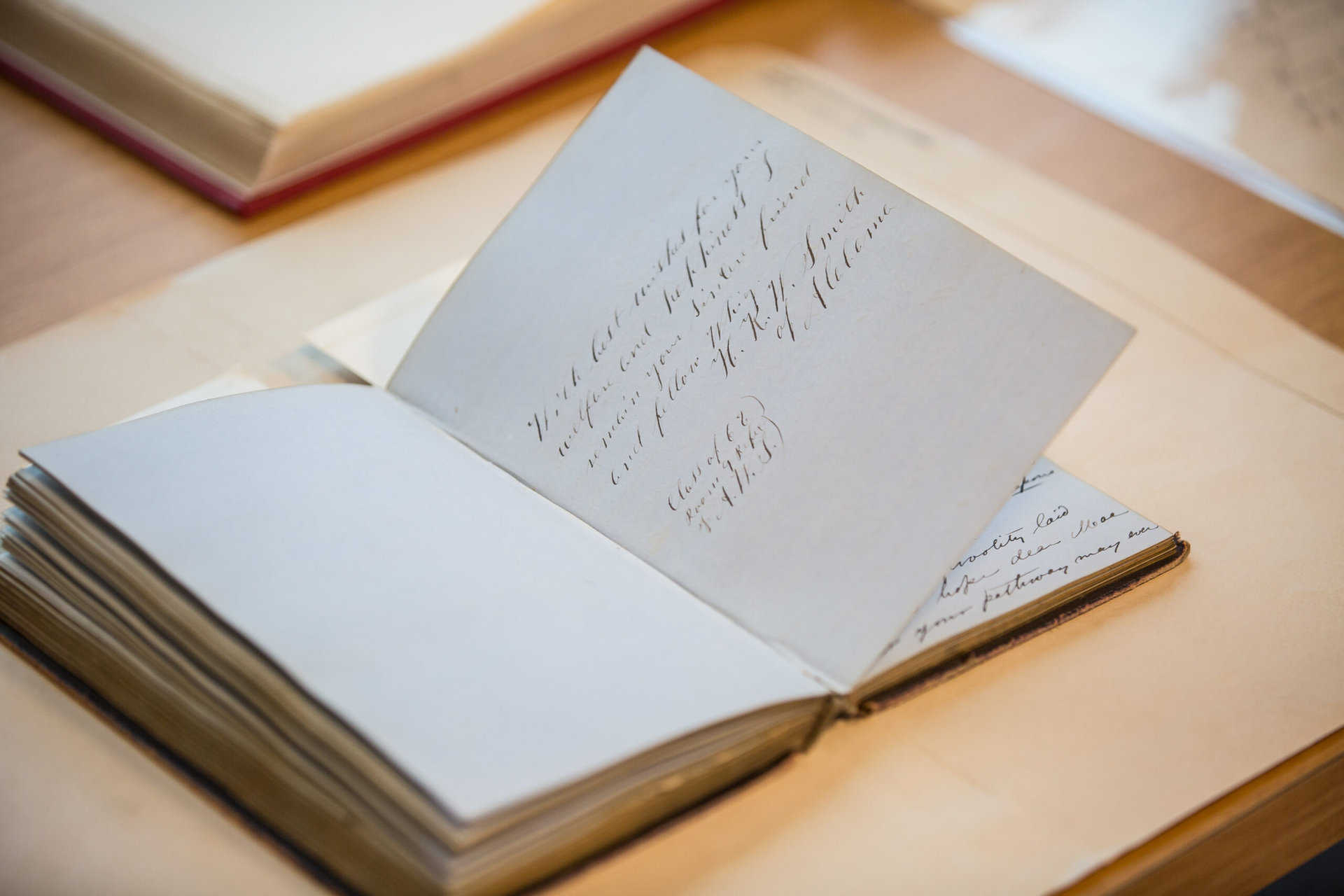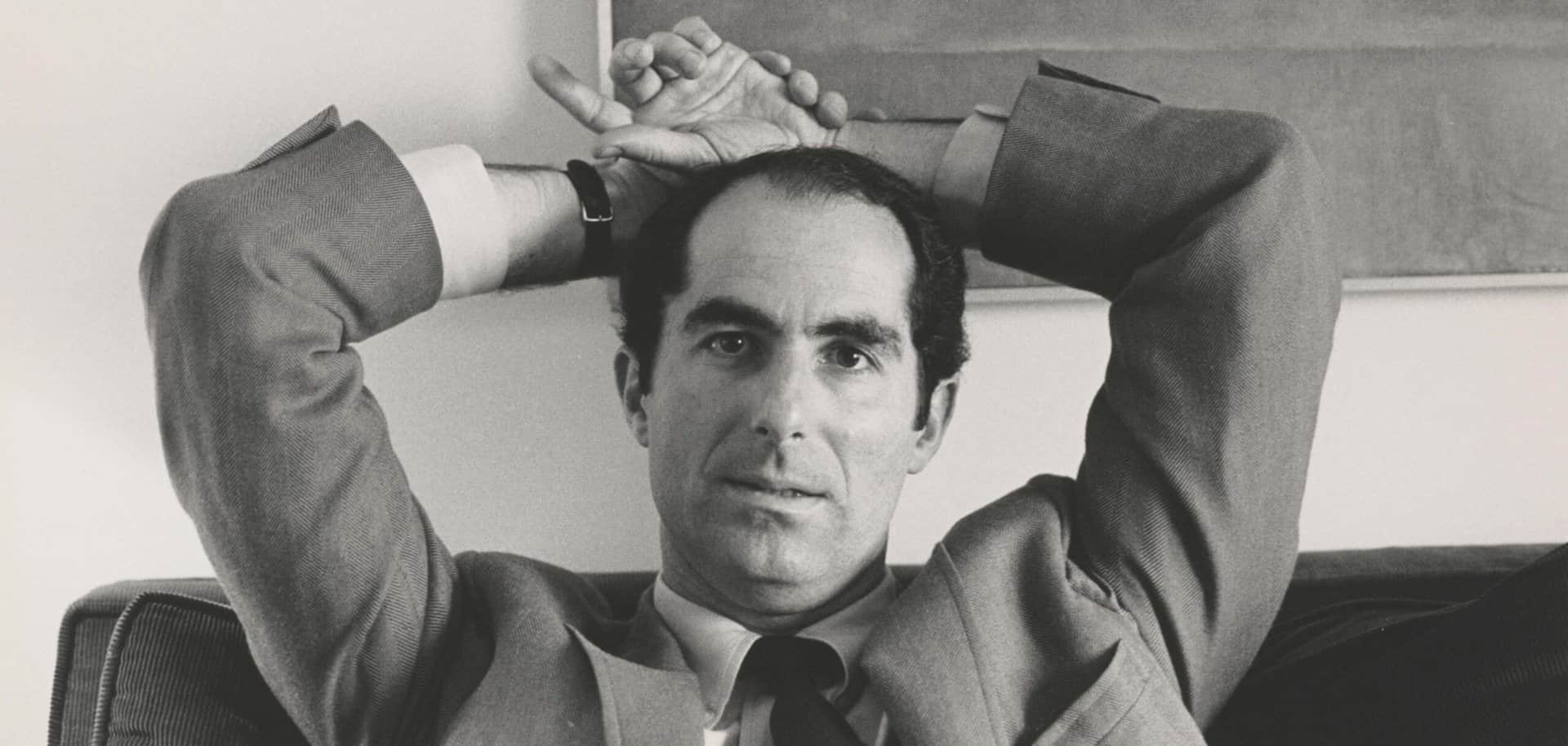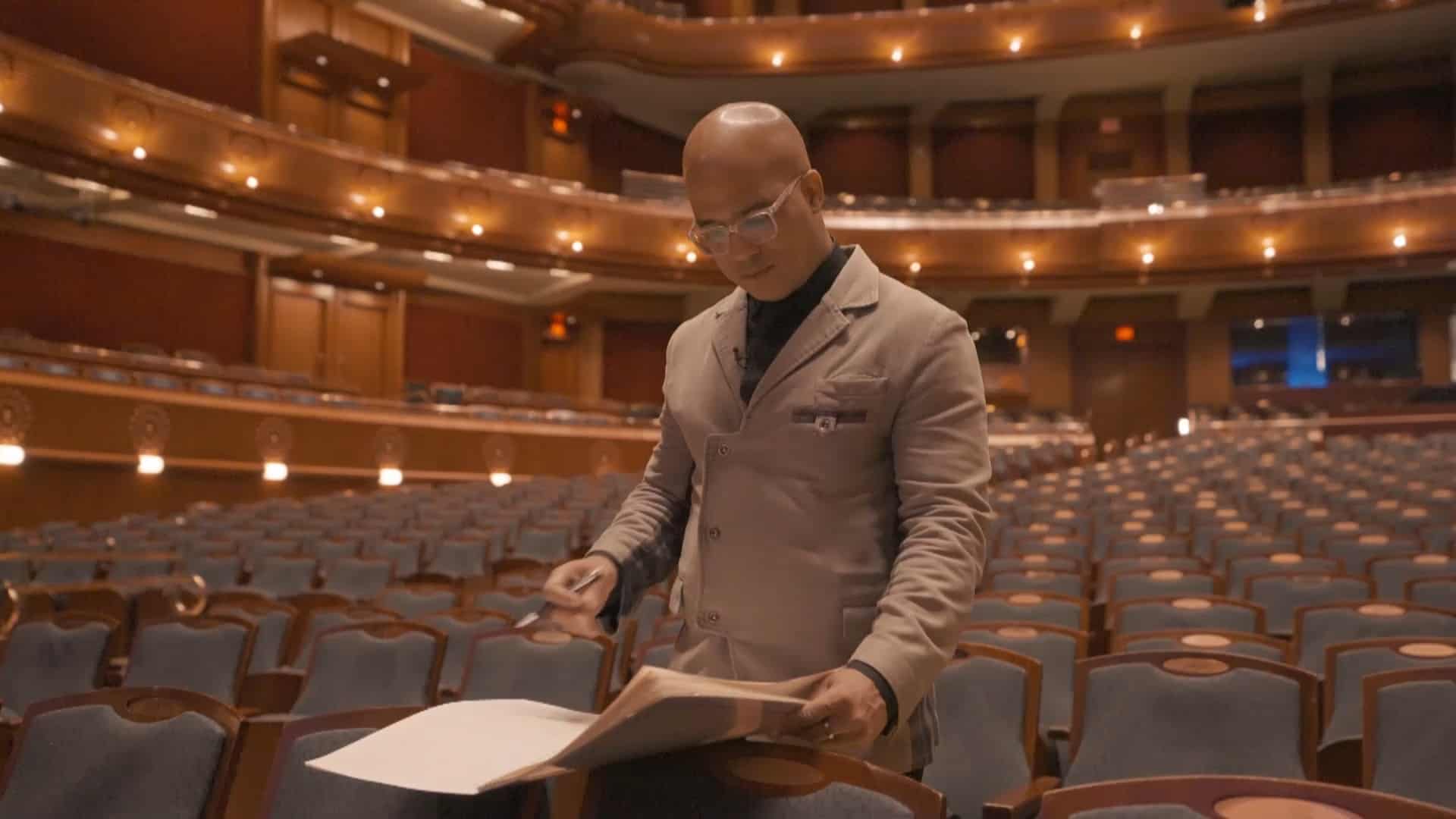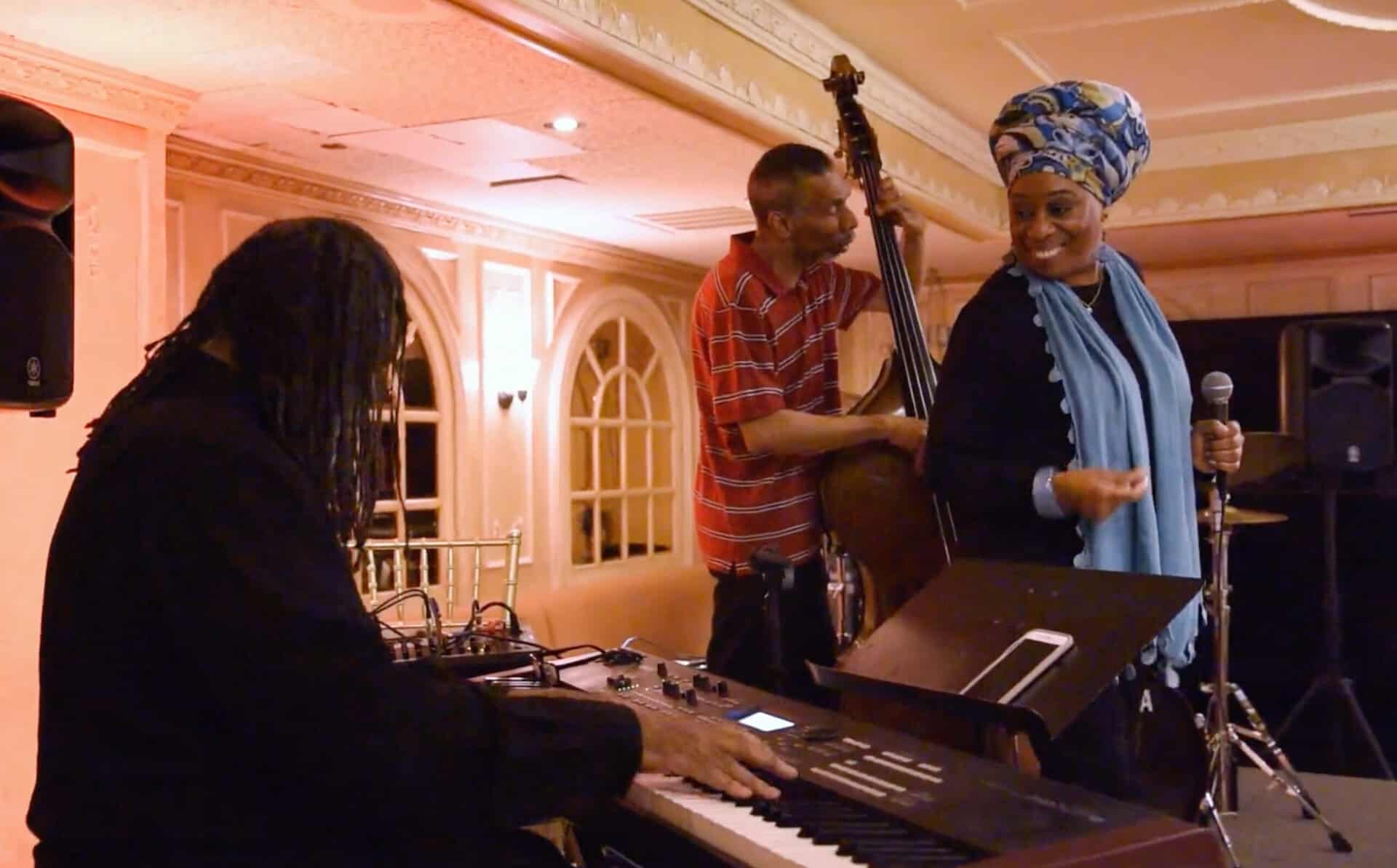Roy Stryker was the force behind the quintessential 1930s photography project for the Farm Security Administration (FSA), managing the likes of Walker Evans and Dorothea Lange. In fact, Lange’s Migrant Mother is the most reproduced documentary photograph in history—Florence Owens Thompson’s thoughtful face gazing outwardly as her children turn away from the camera remains one of the most iconic examples of American portraiture.
The photographers under Stryker’s command told the everyday stories of Americans living in the Great Depression, guiding the public’s support for New Deal projects revitalizing communities across the United States. We talked with some of the photographers who worked with him in our 1995 feature “Eye on America,” produced by Marc Fields. In honor of National Photography Month, join us on this trip to the State of the Arts archives.

Migrant Mother, Dorothea Lange, 1936 [LOC]
In the 1940s, feeling the need for a publicity boost after facing accusations of working with Germany, New Jersey’s Standard Oil Company (later called Exxon) called upon Stryker to echo his success with the FSA. He accepted the position reluctantly, Louise told us.
Photographer Sol Libsohn (1914-2001), also from Roosevelt, acknowledged the potential for political tension between Stryker’s crew, freshly emerging from New Deal projects, and the conservative Standard Oil—but he assured us that this did not affect their resulting photography under Stryker’s helm, which lasted from 1943 to 1950.

Joe’s Bar, Montana, Edwin and Louise Rosskam, 1944 [ICP]
American artist and Roosevelt resident Ben Shahn (1898-1969) was also one of the original FSA photographers. He was a good friend of Walker Evans, who inspired Shahn to take pick up the camera—his resulting documentary photography would deeply impact his painting. Shahn’s work is further explored in Susan Wallner’s award-winning 2001 documentary Ben Shahn: Passion for Justice.
As you’ll see in “Eye on America,” Stryker’s work with Standard Oil shows how times had changed for the country since the days of the Great Depression. We see this era of documentary photography’s lasting echo in the work of contemporary New Jersey artists, including Todd R. Darling, Helen M. Stummer, and Wendel A. White, all of whose work has a sense of visual storytelling for the communities being explored.
Cover photo: Truckdriver after a Run, Ohio, Sol Libsohn, 1945 [ICP]


![Truckdriver after a Run, Ohio, Sol Libsohn, 1945 [ICP]](https://stateoftheartsnj.com/wp-content/uploads/2023/05/libsohn_sol_156_1983_411582_displaysize.jpg)
